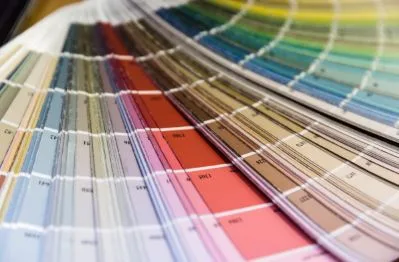Nolan Rosen on Sketching: 5 Benefits You Need to Know
A form of visual expression that transcends language and culture, sketching is a popular hobby, and it’s one that can earn the most skilled and creative artists a solid amount of money. Earning a decent living is far from the only benefit one can glean from sketching, however. Everyone who practices on a regular basis, including beginners and recreational artists, like Montana State University student Nolan Rosen digital and pencil sketch artist, can reap these rewards.
Promotes Creativity
Creating art, whether through sketching, painting, or any other medium, allows your brain to explore endless possibilities. Sketching, particularly without an image in mind, stimulates the imagination and provides a platform for experimentation. The more you sketch, the more creative your drawings may be.
Many successful people have lauded the act of sketching or doodling as a force of creative inspiration. Social entrepreneur and author Sunni Brown, in her book The Doodle Revolution: Unlock the Power to Think Differently, argues that doodling is essential for learning. Former Wall Street Journal columnist Sue Shellenbarger, in her article “The Power of the Doodle: Improve Your Focus and Memory,” wrote, “A blank page also can serve as an extended playing field for the brain, allowing people to revise and improve on creative thoughts and ideas.”
Improves Motor Skills
There are more than 30 muscles in the hand, all of which work together with muscles in the forearm to facilitate movement. Sketching is a great way to work these muscles, enhancing fine motor skills through intricate shading and nuanced pencil strokes.
Sketching also boosts hand-eye coordination and dexterity. Research indicates that when a person puts pen to paper, their brain forms new pathways and blood flow increases to the brain’s reward center.
A Relaxing Hobby
For people who love sketching, there are few things more peaceful and calming than sitting somewhere quiet and listening to nature—or their favorite music—with pencils and paper. Some leisure activities, like sports or board games, have specific rules and timelines. There are no rules for sketching, however. You can create whatever you want at your own pace.
Because it’s often done in isolation and requires a certain level of thought, sketching also promotes mindfulness. When you’re creating an image, you’re paying close attention to what’s on the page as well as your surroundings, thoughts, and feelings. You’re present in the moment, which is a key component of mindfulness.
The National Gallery of Art has developed several sketching exercises that embrace experimentation and promote mindfulness. These include drawing while listening to music, creating landscapes out of simple shapes, and blind contour portrait drawing. To foster mindfulness, sit upright with relaxed shoulders as you sketch, and take slow and deep breaths.
Helps Boost Memory
Both the left and right hemispheres of the brain are engaged when sketching and, combined with the process of visualizing and drawing images, this helps enhance cognitive function, specifically memory and focus. Neural connections in the brain are reinforced through this process, potentially improving spatial and associative memory.
Several studies support this notion. Researchers at the University of Waterloo analyzed the effectiveness of various memory recall techniques among a cross-section of adults and found that drawing was the best way to retain new information, ahead of visualization exercises and rewriting notes. They hypothesized this to be the case because drawing incorporates more ways of information representation—visual, verbal, spatial, semantic, and motoric—than the other methods.
Makes You Happier
Sketching, regardless of ability, can also elicit feelings of calmness and happiness. The de Young and Legion of Honor Fine Arts Museums of San Francisco asked visitors to sketch artwork and asked them afterward to consider their feelings. Sixty-seven percent of respondents said they felt calmer than before sketching.
The process of learning and getting better at sketching can also instill confidence and improved self-esteem that can spill over into other areas of life, too.
Sketch Away
Don’t worry if you’ve never tried drawing before, or if you consider yourself an artistic type, or if you don’t have any fancy colored pencils. Anyone can sketch. Pick up any pencil and some paper, find a comfortable spot, and start drawing. You’ll likely start feeling more relaxed, calm, and creative in minutes.




